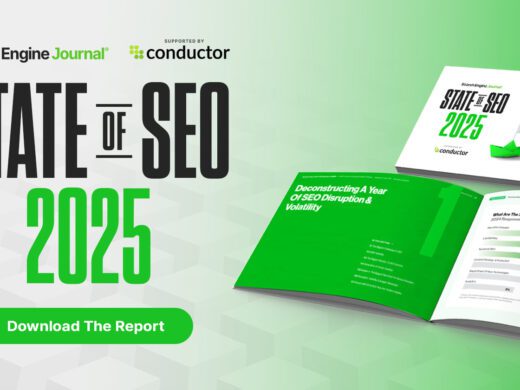
Advanced Technical SEO Tactics for 2025
As the digital landscape continues to evolve, staying ahead in SEO requires more than just basic optimisation techniques. Technical SEO is important as it impacts organic traffic, search result appearance, user experience, and overall SEO performance. Advanced technical SEO tactics are essential for ensuring your website remains competitive and ranks well in search engine results. […]







